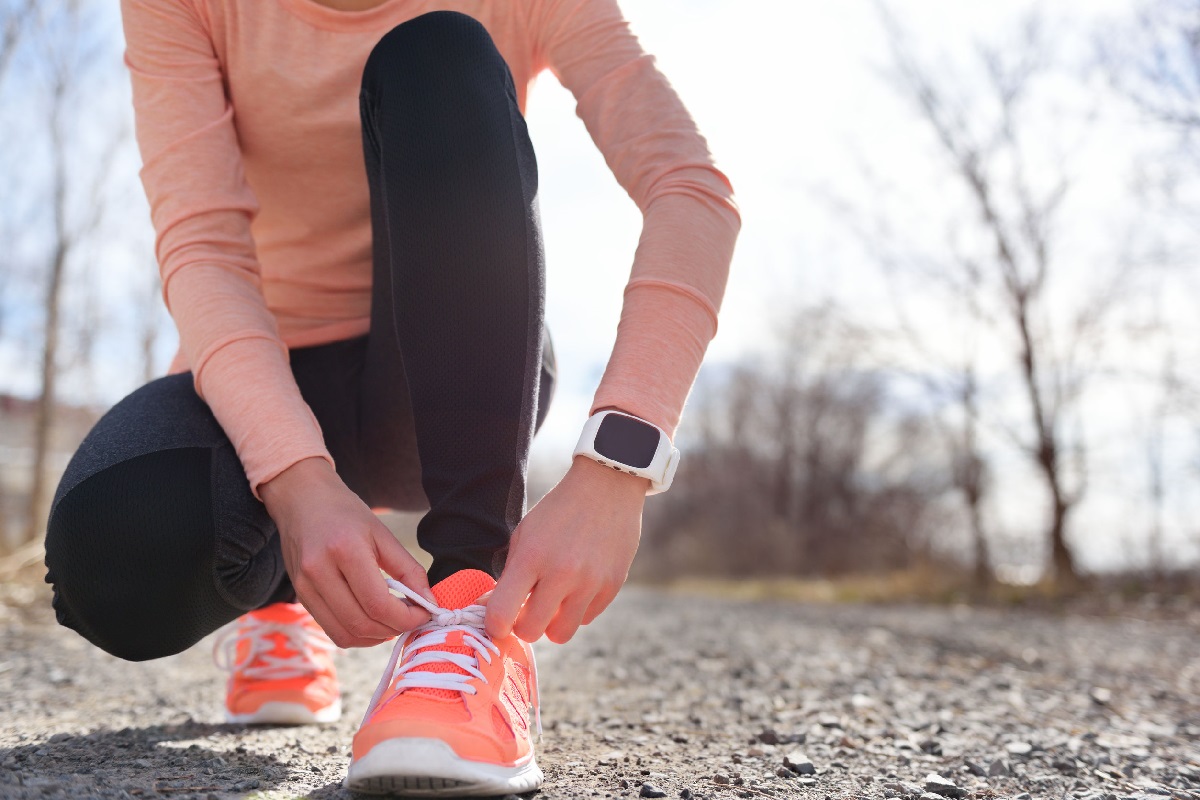The Evolution of Exercise and Wearable Technology

The Evolution of Exercise and Wearable Technology
Exercise trends have come a long way since the home aerobic videos of the 1980’s that were hugely popularised by Jane Fonda and other celebrities. No longer are we exercising alone; instead we are following current trends of high intensity gym regimes that include Crossfit, road and trail running, as well as striking a balance between strength through pilates and yoga. But, although fitness routines and gym facilities have changed immensely, these videos paved the way for fitness as a popular lifestyle choice. Along with the latest fitness trends, the introduction of technology has revolutionised the way people think of and do exercise as we are now able to track, monitor and compare our progress. How have these trends evolved, and how are they helping us get fit and healthy?
Evolution of fitness trends
It’s no exaggeration that exercise has numerous health perks that we often forget about. Health24 reports a large number of benefits of exercise, the main ones being that it reduces your cholesterol level and blood pressure for a healthier heart. It also helps to manage weight gain, reduces symptoms of stress, and improves quality of sleep. Basically, it makes you look and feel great.
Long gone are the days where your only option was one gym, and you didn’t know which machine or class to turn to. The gym trend has grown in leaps and bounds, and more options are available than ever before. One being Crossfit, which is unlike your standard gym with circuits, weights and a pool. It includes varieties of gymnastics, weightlifting, running and rowing. The fitness programme has become increasingly popular over the last few years as communities of Crossfit goers have developed, with a current global network over 11,000 people.
Another big trend, although it has been around for decades, is running. With South Africa hosting two major running events, the Two Oceans Marathon and the Comrades Marathon, running has always been a popular pastime in the country. And just like the gym, the trend of running has evolved. Nowadays trail running is extremely popular, and events are held throughout the year, during which participants run timed challenges up mountains, through wine estates and even forests.
Trail running, as of 2015, has become an official athletic discipline and has taken the trend to a new and adventurous level.
Evolution of wearable technology
Alongside the evolution of fitness trends, technology has become much more involved in people’s attempts to get fit and healthy. Around the late 1980’s, scientists predicted the evolution of the home computer and it’s subsequent reach escaping the confines of offices and homes. The only setback for developers back at the time, was that the technology and hardware was not advanced enough. Fitness technology is by no means a new feat as the first and successful versions were the walkman and accompanying headphones, pedometers and the good old treadmill. But, now that the technology has advanced and is more easily accessible, companies are at the stage where more sophisticated and compact versions can be, and are, mass produced.
The MP3 player, such as the ever-popular iPod, took over from the walkman, and wearable fitness trackers took over from the computers on the treadmill. Fitness bands and smartwatches now combine all kinds of health-related technology including heart-rate monitors, step counters and sleep monitors. This allows pretty much anyone with a smart device to track all aspects of their fitness progress, all while wearing a fashionable item of technology.
So what does this mean for us? The evolution of wearable technology means that you can track every part of your fitness progress just by wearing your smartwatch or fitness band and the uses for this technology seem endless. You can track how many steps to take, your quality of sleep, your heart rate during and after exercise, how many calories you burned, before all the data gets collated to give you some insight and stats regarding your progress and goals.
So how does wearable technology help us maintain fitness and good health alongside our fitness programme? Businesstech conducted a study in 2015, with 200 women who wore a Fitbit activity tracker daily. It was reported that using the Fitbit ensured healthier eating, increasing goals to walk faster and run longer, and helped create feelings of happiness and motivation. It was also found that 79% of the women felt pressurised to reach their goals, and felt guilty when they didn’t. Furthermore, 59% of the women surveyed felt that the technology controlled their daily routines.
While your Fitbit or smartwatch may help you reach your fitness goal at Crossfit a bit faster, or motivate you to train for the next 10 kilometre trail run, it isn’t perfect. Wearing your fitness technology all the time leads you to rely heavily on it, and requires you to share your health and fitness decisions. Although there is no easy or perfect way to stay fit,having the best exercise routine and gadgets is a good step in the right direction, along with Medical Aid to ensure you and your family are well taken care of.





































